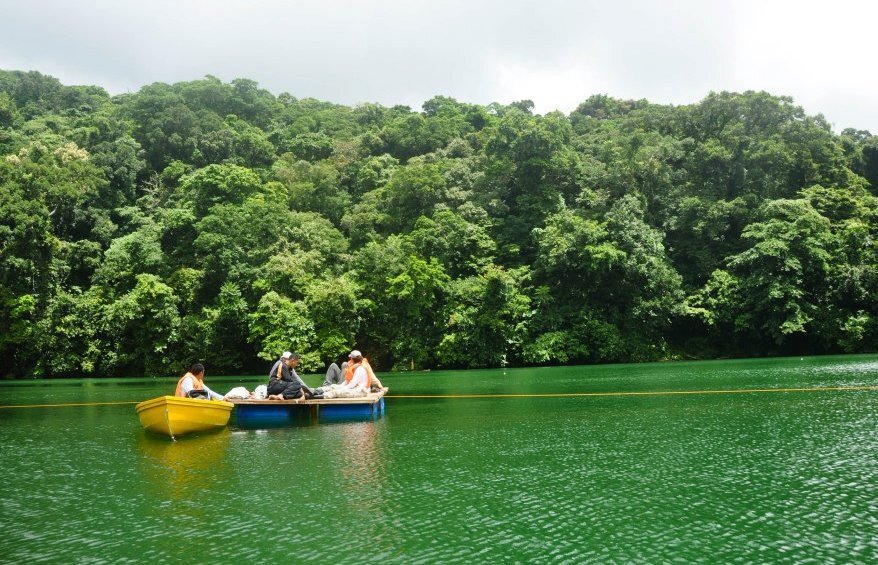An El Niño event has officially begun. The climate phenomenon, which originates in the tropical Pacific and occurs in intervals of a few years, will shape weather across the planet for the next year or more and give rise to various climatic extremes. El Niño-like conditions can also occur on longer time scales of decades or centuries.
This has been shown to have occurred in the recent past by an international research team led by Ana Prohaska of the University of Copenhagen and Dirk Sachse of the German Research Centre for Geosciences (GFZ). Their analysis of biomarkers—organic molecules or molecular fossils from vascular plants—in the sediments of a lake in the Philippines indicates an unusually dry phase in the region during the Little Ice Age between 1600 and 1900 A.D.
The results have now been published in the journal Communications Earth & Environment. They show how important the understanding of past dynamics of the tropical Pacific ocean-atmosphere climate is for the improvement of climate models and the prediction of future climate changes.
A striking feature of climate in the equatorial Pacific is its east-west asymmetry, with warmer surface waters in the west and colder surface waters in the east. Easterly winds drive surface water westwards, allowing equatorial upwelling to bring cooler water to the eastern side. This asymmetry breaks down in today’s climate, leading to El Niño conditions that occur at irregular intervals of a few years and last for 9-12 months.
During an El Niño event, sea surface temperatures along the equator increase from the Peruvian coast to the central Pacific. The southeast trade wind weakens considerably, and light westerly winds may develop. In the western equatorial Pacific, which is otherwise characterized by abundant precipitation, an exceptional dryness takes hold, whereas the otherwise dry eastern edges of the Pacific may experience heavy rainfall.
2023-07-03 18:48:04
Original from phys.org rnrn


















